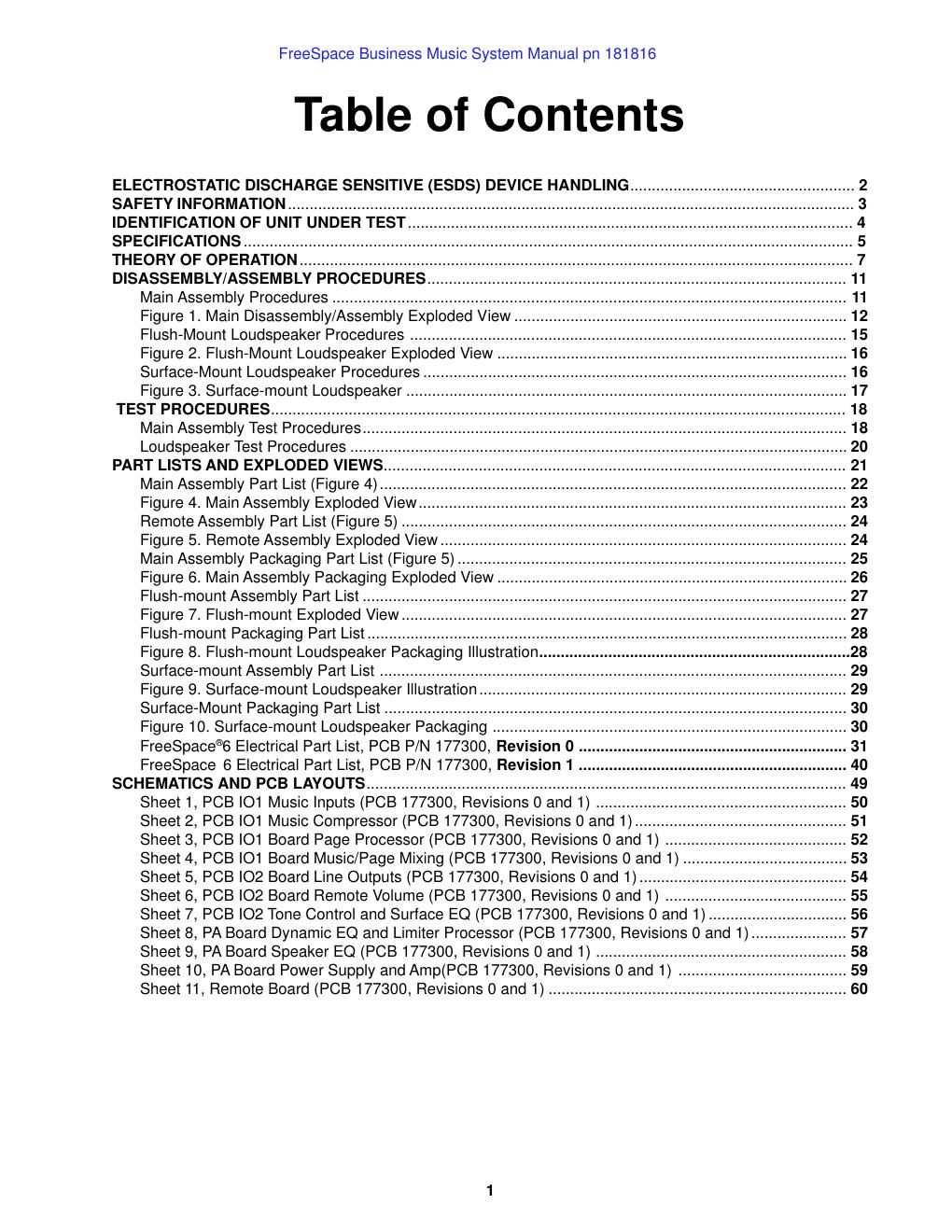Bose freespace 181816
This is the 61 pages manual for bose freespace 181816.
Read or download the pdf for free. If you want to contribute, please upload pdfs to audioservicemanuals.wetransfer.com.
Page: 1 / 61
